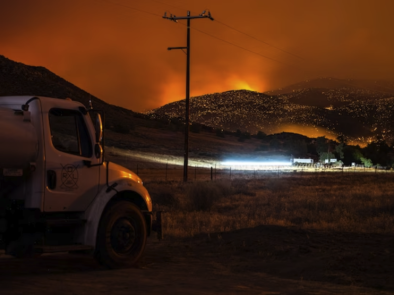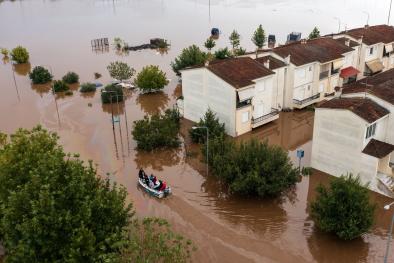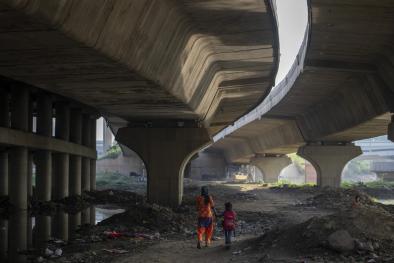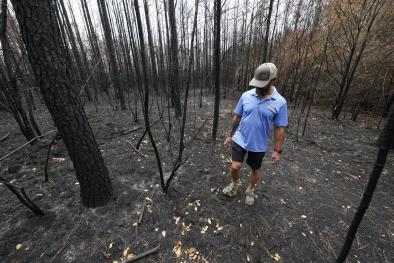Science Source
Prescribed fire and natural recovery produce similar long-term patterns of change in forest structure in the Lake Tahoe basin, California
- Looks at 20 years of data on the response of mixed conifer forest stands in the Sierra Nevada, California to two distinctly different management approaches
- The results indicate that treated and long-unaltered, untreated areas may be moving in a similar direction, which runs counter to many regional studies
- Finds that treated and untreated areas experienced declines in tree density, increases in the size of the average individual, and losses of surface fuels in most size classes
- Finds that there is similar long-term forest structure change from prescribed fire and natural recovery
- Small trees and fine fuels are declining in long-recovering, untreated forest
- Argues that management approaches that promote naturally recovering landscapes may complement ongoing and planned fuel reduction treatments
- Concludes that allowing for natural processes to proceed unimpeded may also be important for maintaining or increasing forest heterogeneity, resilience, and biodiversity
Related Content
Headline

Nov 17, 2023 | Climate Nexus Hot News
Utility Responsible For Wildfire, CA Report Says
Headline

Oct 26, 2023 | Climate Nexus Hot News
The Planet is ‘Under Siege,’ Scientists Say
Headline

Oct 11, 2023 | Climate Nexus Hot News
Climate Change Forcing Children to Move
Headline

Sep 20, 2023 | AP
In a state used to hurricanes and flooding, Louisiana is battling an unprecedented wildfire season


